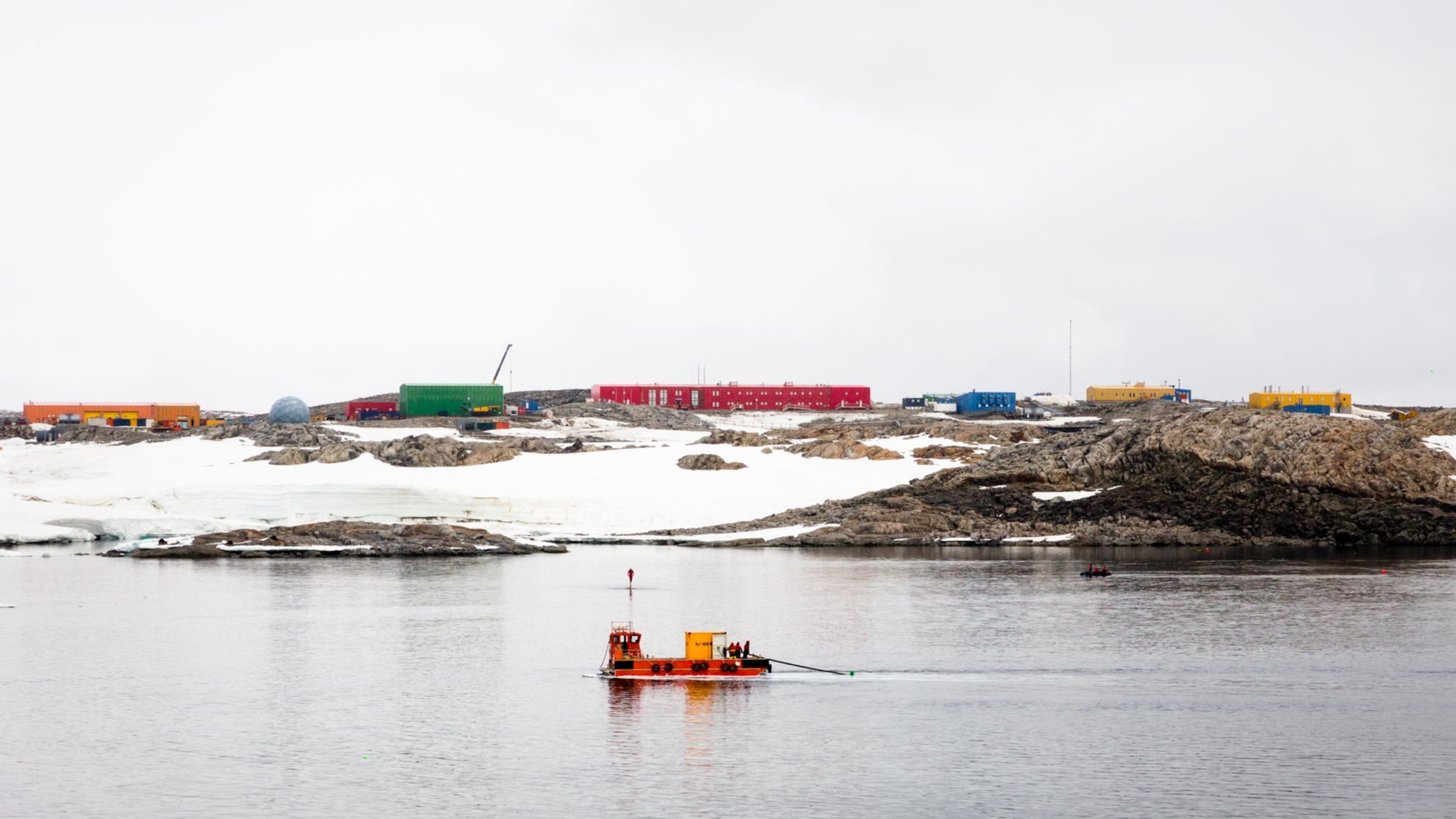Casey is an Australian site in Antarctica
The seabed of Antarctica is rich in hydrocarbons and heavy metals such as lead, zinc or copper.
Areas near the Australian KC site have hydrocarbon levels similar to those in the ports of Rio de Janeiro or Sydney.
Until the adoption of the Madrid Protocol in 1991, the management of waste from Antarctic sites lacked the rigor to prevent environmental damage.
Antarctica is not only an unwanted recipient of pollution from various parts of the planet, from microplastics to toxic clouds resulting from large forest fires.
This was echoed in the led inquiry Jonathan StarkMarine Ecologist in the Australian Antarctic Division Hobart, Published in the August issue PLoS One.
His work documents the poor practices of the old Australian station Casey, Southeast of the continent. For decades, poured into the sea Hydrocarbons and heavy metals such as lead, zinc or copper.
Altered ecosystems
After comparing the pollution levels with the databases of World Port Projects, It has confirmed levels similar to those found in the ports of Rio de Janeiro or Sydney.
{{ #cards }}
{{#section.link.href}} {{section.link.title}} {{/section.link.href}}
{{title.data}}
{{ /cards }}
The contaminants detected are: Polychlorinated biphenylsConsidered so carcinogenic, it was banned worldwide in 2001.
Effects of leaks and Poor waste management in the past They are not limited to KC station. Marine sediment and soil quality analyzes reflect similar practices in various parts of the southern continent.
Those pollutants cause Environmental disturbances and supports the proliferation of resistant species that colonize new environments.
Signey Island Research Station
1991 and the Madrid Protocol
Additionally, global warming is making this residue from the surface in more places and faster over the past several decades. Particles that were frozen until now begin to filter and move.
1991 is a key date for understanding the origin of these outflows Protocol on Environmental Protection of the Antarctic Treaty or the Madrid Protocol, It designated Antarctica as a “Dedicated to Nature, Peace and Science” It also ordered to monitor the environmental impacts related to the activities of the countries. Each country is responsible for its own waste management.
But by the time this protection was signed, two-thirds of all research stations in Antarctica had already been built, and the damage had already been done. Now it is revealed.
New Zealand Scott site
While historical pollution is a problem, future pollution is a concern as the ice continent becomes more populated. There are already too many 100 stations Research centers or national facilities, and most buildings are located in snow-free areas, where they compete with wildlife for the most viable land.
Ice-free areas make up less than 1% of Antarctica, but are home to the greatest diversity of flora and fauna, including colonies of penguins and seals.
A 2019 study found that more than half of the coastal ice-free areas have subsurface disturbances from space. “Stations have a huge footprint for the number of people who are there,” he says. Shawn BrooksA defense scientist at the Commonwealth Scientific and Industrial Research Organization (CSIRO) in Hobart is a co-author of the study.
Projects are also being developed to remove waste from biofuels using bacteria, such as the one carried out by the Argentinian Carlini site since 2020, which managed to remove 75% of this type of pollution.

